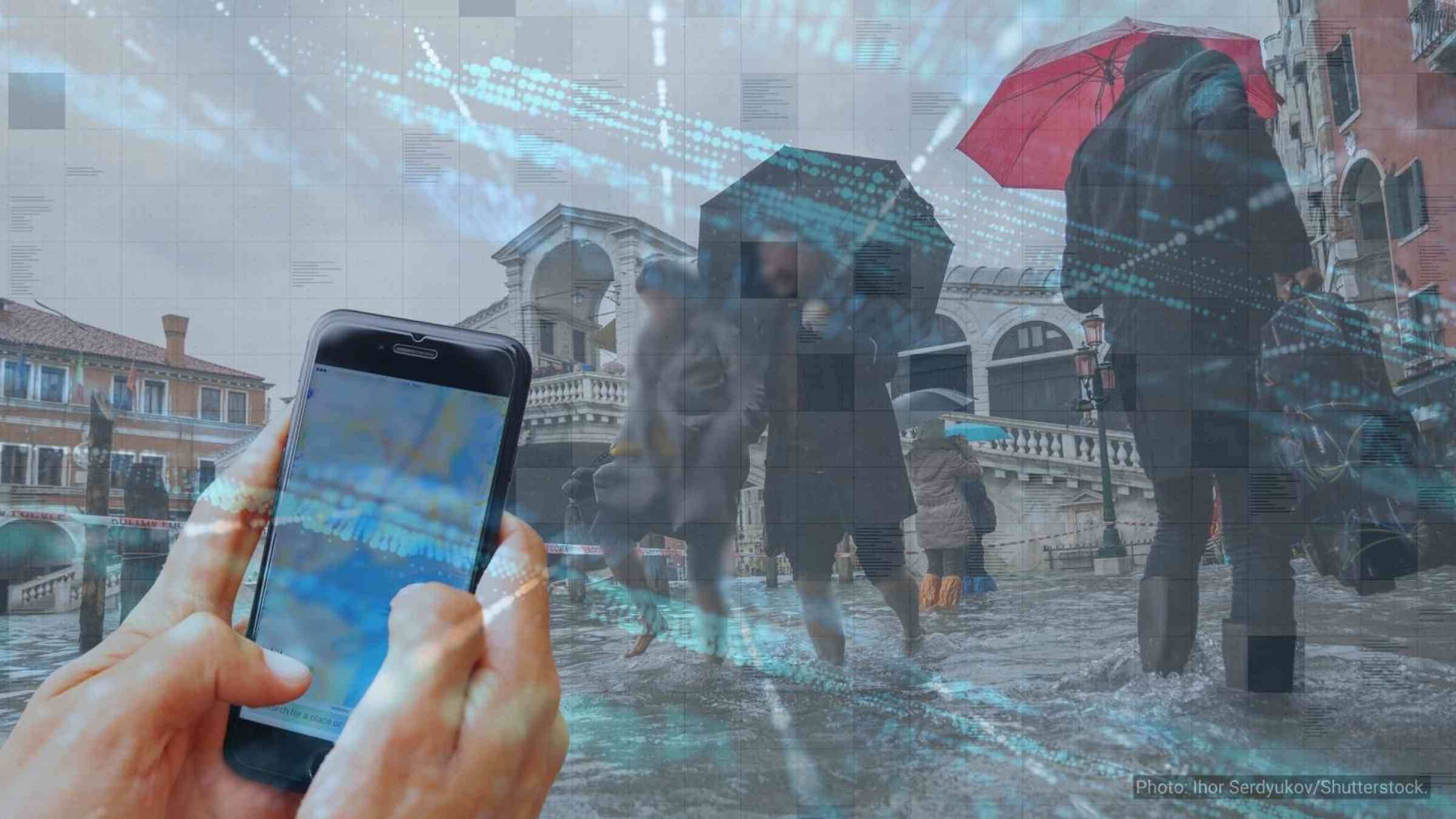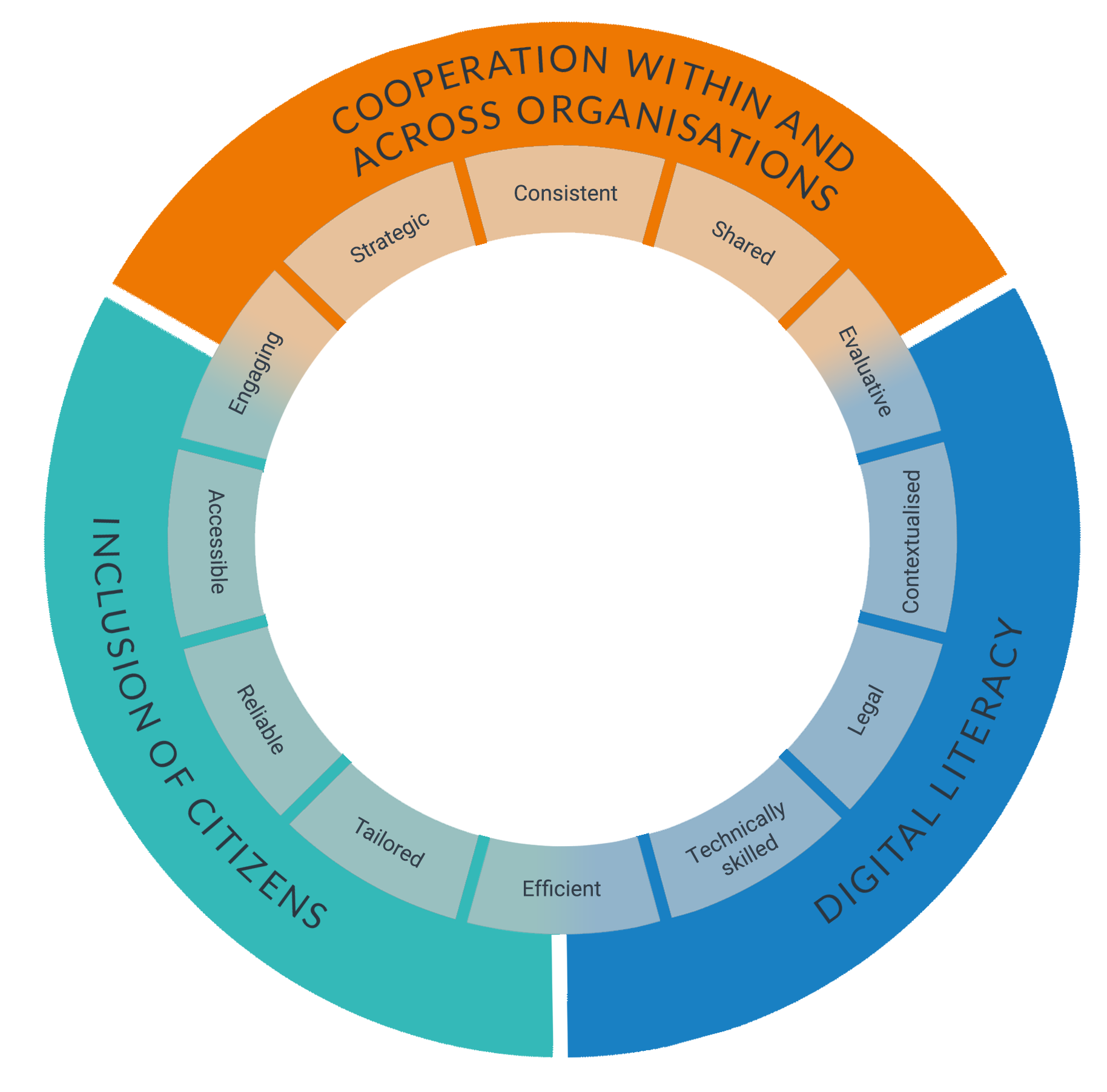Like, share, follow… and save lives

How social media and crowdsourcing can help build disaster resilience.
“I welcome the publication of this report and thank the research team behind the LINKS project for producing it. This is a timely report that points towards innovative ideas to put people at the heart of resilience building.”
– Mami Mizutori, Special Representative of the UN Secretary-General for Disaster Risk Reduction
In a changing technological landscape to address disasters, and with increasing diversity of stakeholders in disaster risk management, we need to develop new pathways of using social media and crowdsourcing more effectively.
Going forward, we should try to deepen our understanding on the role of social media and crowdsourcing in disasters in various socio-political contexts and the intra-organisational dynamics.
There is also a need to focus on more people-centred social media and crowdsourcing research. We should fill the gaps on ethics, privacy and normative issues; and our efforts must focus on all aspects of disaster risk management.
To address these needs, our research set out to answer the following questions:
- How are European disaster management organisations applying social media and crowdsourcing in disaster management processes?
- What are the limits and potentials of this application associated with institutional resilience?
- Following the first two questions: how can the application of social media and crowdsourcing in disaster management processes be further strengthened?
Widespread use of social media – but largely one-directional
Our findings are taken from four different European countries: Denmark, Germany, Italy and the Netherlands. The empirical research centred around five hazard-specific cases: flooding (Copenhagen region, Denmark); earthquake (Province of Terni, Italy), terrorism and drought (Germany) and industrial hazards (South Limburg, The Netherlands).
We found there is widespread use of social media and crowdsourcing in European organisations, but with a far greater focus on social media than on crowdsourcing activities and predominantly emphasizing preparedness and response. Furthermore, many of these activities are one-directional (e.g. organisations communicating to citizens) and often informal and ad-hoc based.
People and power at the centre
We suggest a turn towards placing people and power at the heart of questions of social media and crowdsourcing technologies. Instead of ‘just’ placing social media and crowdsourcing in the centre of our attention, we should focus on the power shifts that these technologies produce, the contexts in which they are supposed to be applied, as well as on the social and cultural condition that coproduce the outcomes of social media and crowdsourcing in disaster risk management processes.
Understanding resilience as the capacity to respond to absorb disasters as well as the capacity to formulate alternative pathways moving forward, the varying capacities to reduce and deal with risk are conditioned by decisions taken across all aspects of disaster risk management.
As such, we need to turn our attention to long-term recovery and prevention of disaster risk creation to get the full picture.
Three recommendations supported by three resources
We present three main recommendations to address these challenges:
- Increase formalisation of social media and crowdsourcing in the organisation.
- Allocate resources to social media and crowdsourcing activities.
- Diversify and target communication.
To support organisations in strengthening the application of social media and crowdsourcing in disaster risk management processes, the LINKS project has developed a range of resources integrated into an online platform, the LINKS Community Center.
In our report, Leveraging social media and crowdsourcing in disaster risk management processes in Europe, we highlight three of these resources:
- The Social Media and Crowdsourcing Guidelines Library provides a comprehensive overview of and navigation system to relevant guidelines, standard operating procedures and legal frameworks for applying social media and crowdsourcing in disasters;
- The Including Citizens Handbook presents a set of learning modules for organisations wanting to consider citizens in their disaster management processes. This includes questions related to unaffiliated volunteers, targeted communication and awareness, accessibility and mobilisation of citizens;
- The Resilience Wheel serves as a practical tool through which organisations can discuss and assess current and future uses of social media and crowdsourcing within their organisation and across organisations.

The Resilience Wheel (Source: Nielsen and Raju, 2020)
These resources can support organisations in achieving the recommendations we suggest and provide a good starting point for those who want to embark on applying social media and crowd - sourcing for more efficient and inclusive disaster risk management processes.
Building a better understanding
Our report – researched and written with contributions from multiple partners – will help build an understanding of how social media and crowdsourcing are applied in European disaster risk management processes. It identifies the limits, potentials, and areas for improvement in the utilisation of these tools and technologies in disaster risk management.
By making these findings widely available we hope we can support organisations working in disaster risk management at both national and international levels so that they can more effectively use social media and crowdsourcing.
About the LINKS Project
LINKS “Strengthening links between technologies and society for European disaster resilience” is a comprehensive study on disaster governance in Europe.
The overall aim of the LINKS project is to strengthen links between technologies and society for improved European disaster resilience, by producing sustainable advanced learning on the use of social media and crowdsourcing in disasters.
We thank all of those who contributed to the research, and especially our co-authors in the report – Dario Ramon Landwehr, Juliette Eleonor Nicolai, Tejal Patil and Nina Blom Andersen.
This project has received funding from the European Union’s Horizon 2020 Research and Innovation Programme under the Grant Agreement No. 883490.